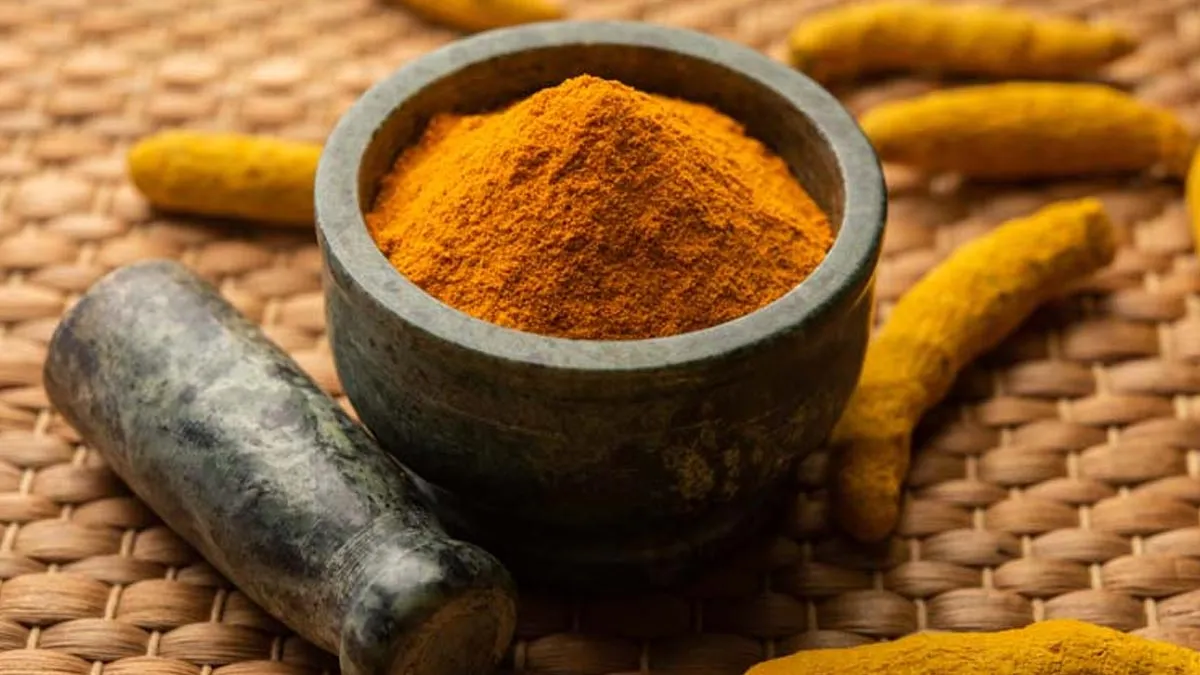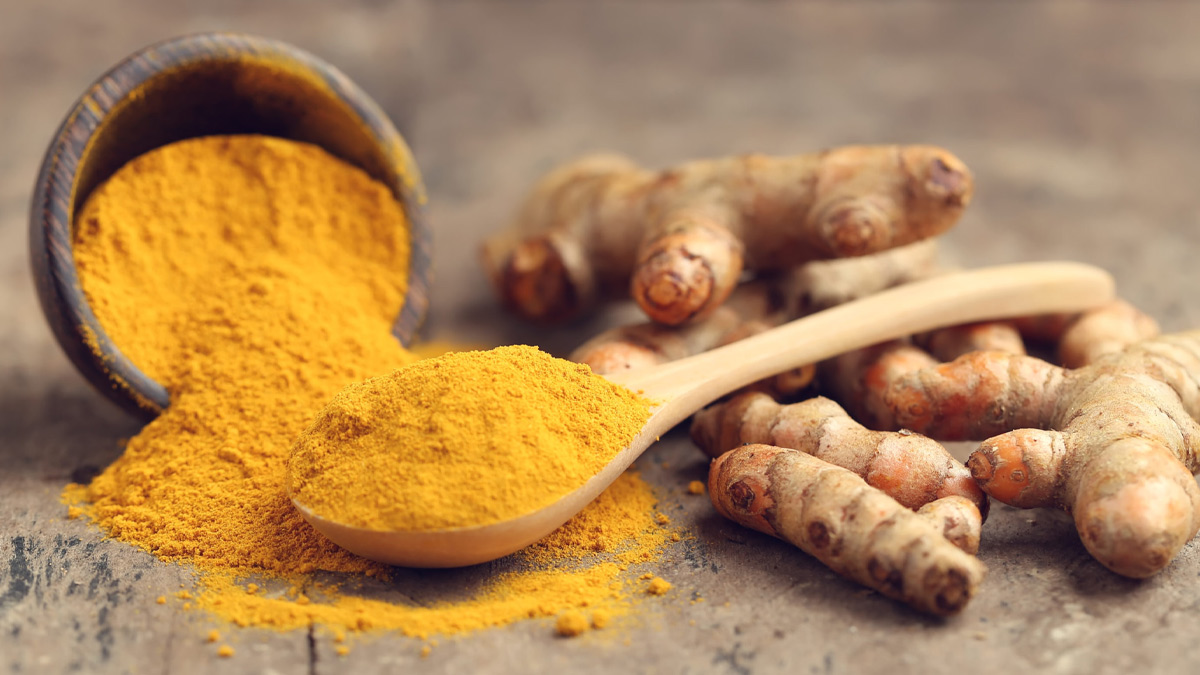
Turmeric, or haldi, a staple spice in South Asian cuisine, has come under scrutiny as new research reveals alarming levels of lead contamination in samples collected from India, Nepal, and Pakistan. A recent study published in *Science of The Total Environment* highlights the presence of lead concentrations far exceeding safe limits, posing significant health risks, especially for children. The findings raise questions about the safety of this commonly used spice and call for urgent regulatory intervention to protect consumers.
Table of Content:-
Elevated Lead Levels Detected in Turmeric Samples
The study analyzed turmeric samples from 23 cities across South Asia, revealing that 14% of these samples had lead levels exceeding 2 micrograms per gram (µg/g). In some instances, these levels reached over 1,000 µg/g—a stark contrast to the 10 µg/g limit set by the Food Safety and Standards Authority of India (FSSAI) as the safe threshold for lead in turmeric. Notably, certain cities recorded lead levels that went far beyond this limit, with Patna, India, showing an alarming 2,274 µg/g and Guwahati at 127 µg/g.
Lead contamination was found to be highest in polished turmeric roots and loose powders, which are often unregulated and not subjected to quality control. Packaged and branded turmeric products generally displayed lower contamination levels, suggesting that loose and less regulated turmeric forms may be more vulnerable to lead exposure.

Health Risks of Lead in Turmeric
Lead exposure, even at low levels, can have severe effects on human health, especially in children. Researchers from Stanford University and Pure Earth, a non-profit organization focusing on pollution reduction, highlighted the potential risks lead poses by mimicking calcium in the body and accumulating in bones. When consumed over time, lead can interfere with essential bodily functions, leading to serious health problems.
For children, lead exposure has been linked to developmental delays, cognitive impairments, and behavioural issues. Studies indicate that children with blood lead levels as low as 3.5 µg/dL can experience diminished cognitive function and learning difficulties. As turmeric is often incorporated into daily diets, particularly in households with young children, these findings underline the risks associated with chronic lead exposure from dietary sources.
Also Read: Delhi Air Pollution: Air Quality Remains 'Very Poor' as AQI Soars Past 400 in NCR
Lead Chromate: A Color-Enhancing, Yet Toxic Additive
The contamination issue appears to stem from the use of lead chromate, a yellow pigment often added to turmeric to enhance its colour. Lead chromate, typically used in industrial applications such as paint, is toxic when ingested and has been banned as a food additive. In some South Asian countries, adding lead chromate to turmeric is an established practice aimed at improving the appearance of low-quality turmeric roots. The lead-based additive makes the turmeric appear more vibrant and appealing, but the consequences for health are severe.
This practice has been previously linked to lead poisoning incidents in Bangladesh, where investigations revealed a long-standing tradition of adding lead chromate to turmeric. The study’s authors emphasized the need for further research and regulation within South Asia’s turmeric supply chains to prevent similar cases of contamination and associated health risks.
Cities of Concern and Potential for Regulatory Action
In addition to Patna and Guwahati, the study reported elevated lead levels in turmeric from several cities, including Chennai in India, Karachi, Islamabad, and Peshawar in Pakistan, and Kathmandu in Nepal. The researchers urge local authorities to take swift action to monitor and regulate the turmeric supply chain, particularly in these areas where lead contamination is highest.
Regulatory agencies and consumer protection groups are being called upon to address this health crisis. Although lead contamination in turmeric is not currently illegal, stricter regulations on permissible lead content in food products, and penalties for violating these standards, may be required to mitigate the problem.
Also Read: Canada Reports First Human H5 Bird Flu Case In British Columbia; Doctors Label It A ‘Rare Event’
Protecting Consumers: Steps Forward
The high lead levels in turmeric underscore the need for consumer awareness and regulatory oversight. As part of the effort to protect consumers, the researchers advocate for a halt to the practice of adding lead chromate in turmeric processing. They also call for more comprehensive testing protocols to detect contamination at various points in the supply chain.
Consumers may benefit from opting for branded and certified turmeric products, as these are generally subject to more rigorous quality checks. Increasing awareness of the risks of loose, unregulated turmeric may also encourage better practices and reduce the consumption of contaminated products.
Bottomline: A Call to Safeguard Public Health
This recent study has spotlighted a hidden health threat in a beloved household spice, urging immediate action to eliminate lead from turmeric products. With mounting evidence of the dangers of lead exposure, particularly for children, comprehensive reforms in the turmeric supply chain are crucial. Ensuring that consumers can safely enjoy the benefits of turmeric without the risks of lead contamination is essential, making this a critical public health issue for South Asia and beyond.
Also watch this video
Read Next
US Woman Breaks Guinness World Record With Lifesaving Donation Of Over 2,600 Litres Of Breast Milk
How we keep this article up to date:
We work with experts and keep a close eye on the latest in health and wellness. Whenever there is a new research or helpful information, we update our articles with accurate and useful advice.
Current Version